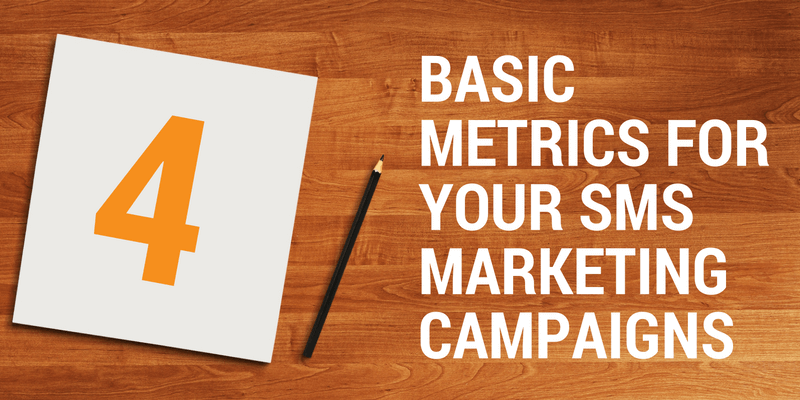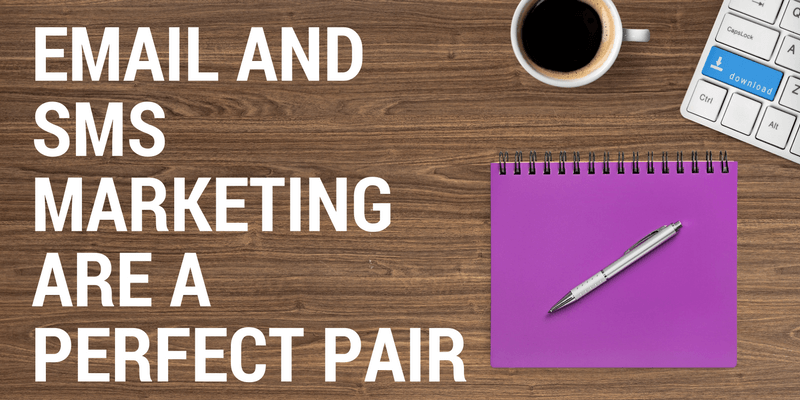Start the New Year with one interesting prediction for SMS messaging

Across the web there are many articles predicting the future of mobile and SMS. I picked the most interesting one (to me anyway) to focus on for the first blog of 2015.
What it is
You’ve all seen the share buttons on web content. They go hand in hand with online articles and videos. Usually you can share by posting directly to Facebook, tweeting on Twitter, emailing a link, and sometimes you have sharing options like Digg and Reddit (among many others).
In 2015, you just might start to see an option to share via text message too.
From what I’ve found, the source of this prediction is James Mottram, director of content development for USA Today Sports Media Group. He’s been quoted as saying, “Everyone starts adding SMS share buttons to content,” when asked for his big prediction for mobile in 2015.
How it works
The SMS share buttons would work just like other share buttons. SMS providers or web developers would use the service’s application programming interface (API) to create the code that would send an SMS message with a link to the content. Website and content owners with SMS accounts could then put the code at the end of their articles or videos. The share buttons would appear with all the others.
If you as the viewer or reader wanted to share it with someone, you’d click on the SMS button, enter the mobile number you wanted to send to and off the message would go.
Upsides to SMS sharing
Everyone wants their website content shared for SEO purposes, increasing website traffic, brand recognition and a host of other reasons. And for all those same reasons, another channel for sharing is a good thing.
Mottram, along with his quote about adding SMS share buttons, has discussed how they used SMS sharing on the USA Today website. Specifically they added it to their “For The Win”, or FTW, section of the website. FTW is a video driven sports interview and review part of USA Today. The results Mottram discusses are pretty astounding. The SMS share buttons were used 3-4 times more often than Twitter buttons.
As of this writing though, the SMS share buttons were no longer on FTW. The quotes from Mottram were all late last year so it’s possible they are still in the testing process. There’s no way to be sure of course.
In discussing SMS, Cooper Fleishman of DailyDot.com, agrees with Mottram’s predictions. He goes on to add, “Sharing links via text feels more personal. It’s more immediate than shooting friends an email they’re free to ignore.”
So not only does sharing increase with the option of sending via SMS, the share is likely to have more impact on the recipient because of how personal SMS messages are – especially when received from friends and family.
But there are downsides
As a content provider, adding an SMS share button has some downsides too.
The first is there is no standard yet on how it works or how it should look. Each SMS service provider or developer will likely create their own button for sharing and people will not immediately recognise them the way they do Facebook or Twitter buttons. That doesn’t mean it can’t work (as the FTW example shows), but it does highlight that you will have to make it clear what the purpose of the button is to website visitors. At least until a standard graphic representation of SMS sharing evolves.
Another downside is, of course, the cost. Since it is impossible to know ahead of time how many SMS shares you will get on a particular piece of content, or even any of your content, budgeting for SMS messages becomes an issue. This isn’t insurmountable though as you can try it out on limited content at first to get an estimate of how often your visitors would use the buttons. Also most SMS service providers offer the option of setting spending limits, or at worst, the buttons will no longer work when you’ve run out of message credits. In effect, that allows you to set an upper threshold on the cost.
You might be tempted to hook up with one of the free text or SMS service providers for sharing too. After all, content sharing messages don’t necessarily need to be received in a timely fashion. But with free services, delivery isn’t guaranteed so the shares may never be received, or received so late as to make them irrelevant. That can upset your website visitors who sent the message but discovered it was never received. It also isn’t good for you since the intended recipient never had the opportunity to visit your website and perhaps discover other things of interest. You may have lost a sale, or subscriber, or missed an opportunity to convert the recipient into a customer.
One more potential downside is regulations. Since the messages will likely be sent to people not on your own list, you’ll have to make sure the message comes from the person sharing it. And the message should be clear on who sent it, even though it originated with you. This is another area where the standards and best practices are not clearly defined when using SMS this way. But it likely can be managed the same way an email share is by including the name of the sender as the official sender so the recipient knows who it is from.
What do you think of SMS sharing buttons? Would you use them on your website? Would you send links via SMS if you had the option (and there was no cost to you)?
Related Articles
10 Invaluable Ways to use SMS Marketing for Your Business
There is something about SMS marketing that is not like any other form of marketing. It is a simple form of communication, but highly effective in forging close relationships with clients who purchase from you regularly. Here are 10 key ways to use SMS marketing for your business and how to get the most out of your clients.
10 Steps to Launch a Successful SMS Marketing Campaign – Infographic
4 Basic Metrics for Your SMS Marketing Campaigns
One key to successful marketing is to know when you’re doing it right. And when you’re doing it wrong. The great thing about SMS marketing is you can get that information pretty quickly. But to understand how your messages are performing, you need to do a little maths. Thankfully, it’s all rather simple once you see it.
Is SMS Marketing Complicated?
How hard is it to use SMS marketing? If you’ve been told it’s complicated, you heard wrong. Using SMS is simple, though there are a few things you should know. This blog shows you how simple it can be, and provides links to useful resources.
Avoiding Fraud on Mobile Coupons in Your SMS Marketing
SMS coupons have redemption rates ten times email coupons. Averages run around 30%, but they could be as high as 45% for personalised messages. Even with those great numbers, retailers can still lose money to fraud. Find out how make sure customers only redeem your coupon once.
How to use SMS for Highly Targeted Marketing
While brevity might be one of the keys to good advertising, perhaps the most important is to make sure your message reaches the right people. The goal of targeted marketing is not to bombard so many people that some will inevitably listen, but rather to target and nail down your core demographic.
Email and SMS Marketing are a Perfect Pair
Businesses with limited staff or budgets might ask themselves whether they should use email or SMS marketing. Both are relatively low cost. Both offer the ability to reach many people at the same time, yet provide personal interaction. Both have a long history of being used for marketing.
How SMS Messaging can Boost your Social Media Marketing
Is your social media struggling? Read this article to learn how businesses of every shape and size can use SMS messaging to drive social media engagement and generate revenue from increased brand exposure. Whether the goal is to support a one-off sales campaign or a long term drive to increase reach, SMS messaging offers an unparalleled opportunity to make your brand's voice heard in the increasingly noisy social media space.
3 tips to building recipient lists for SMS campaigns
As SMS boasts a 95% open rate, it makes sense to ensure you can utilise this channel with your entire target audience. Read our tips on building SMS recipient lists.











